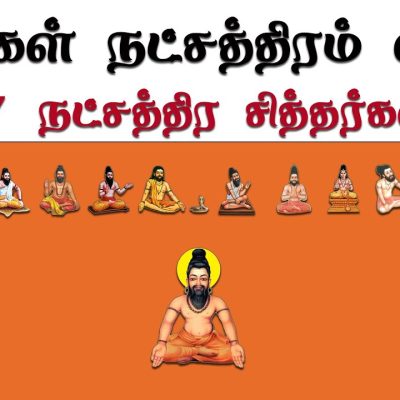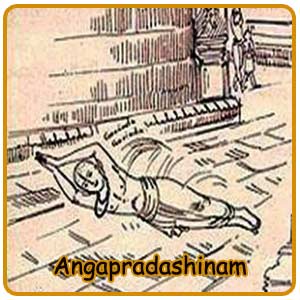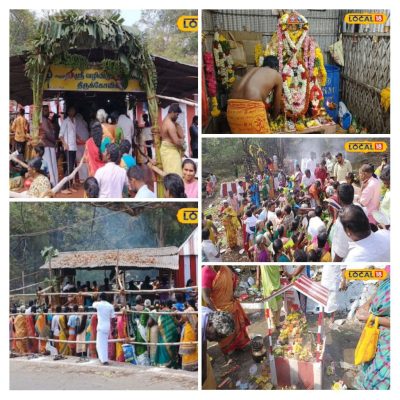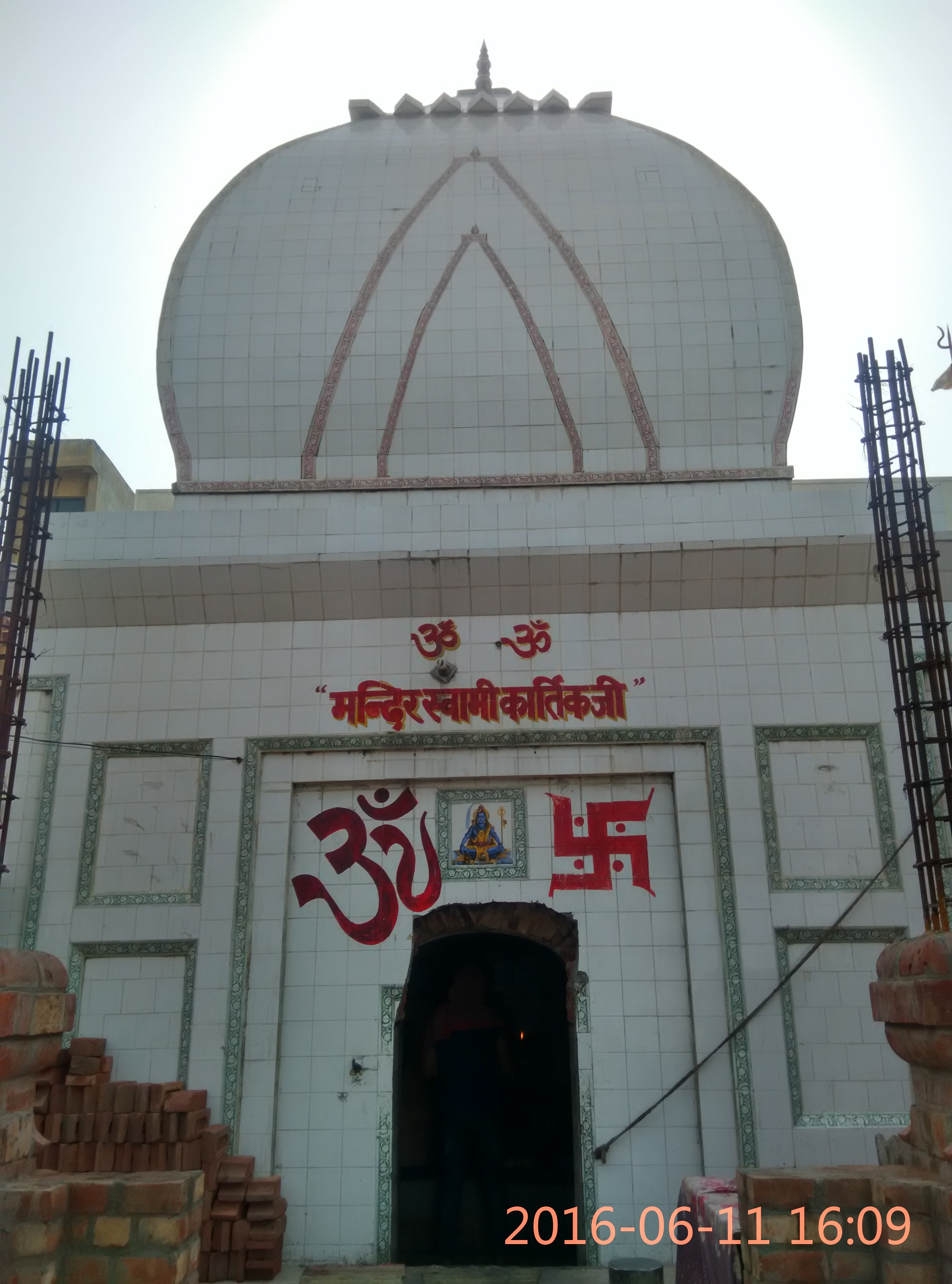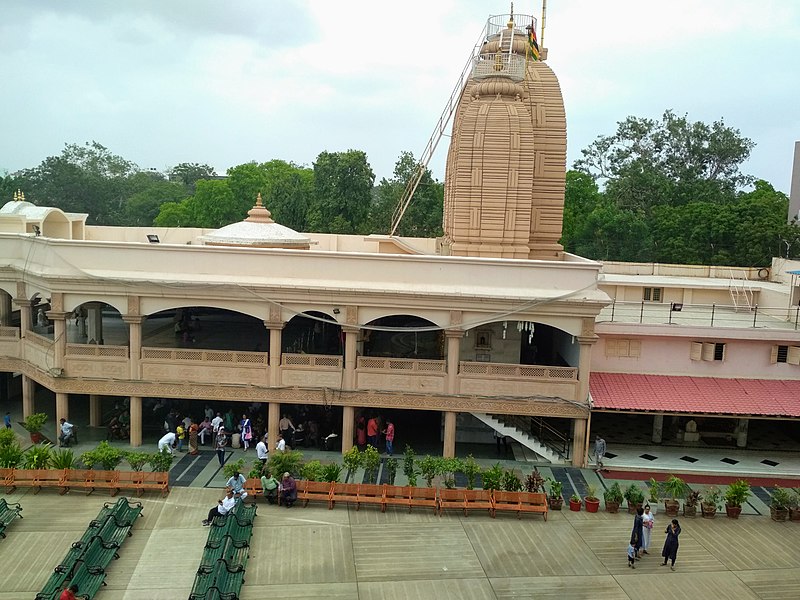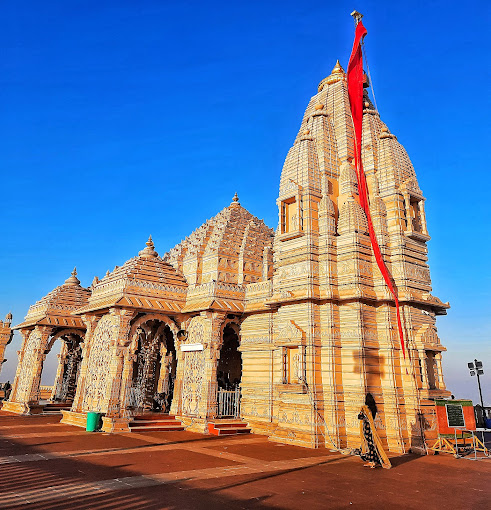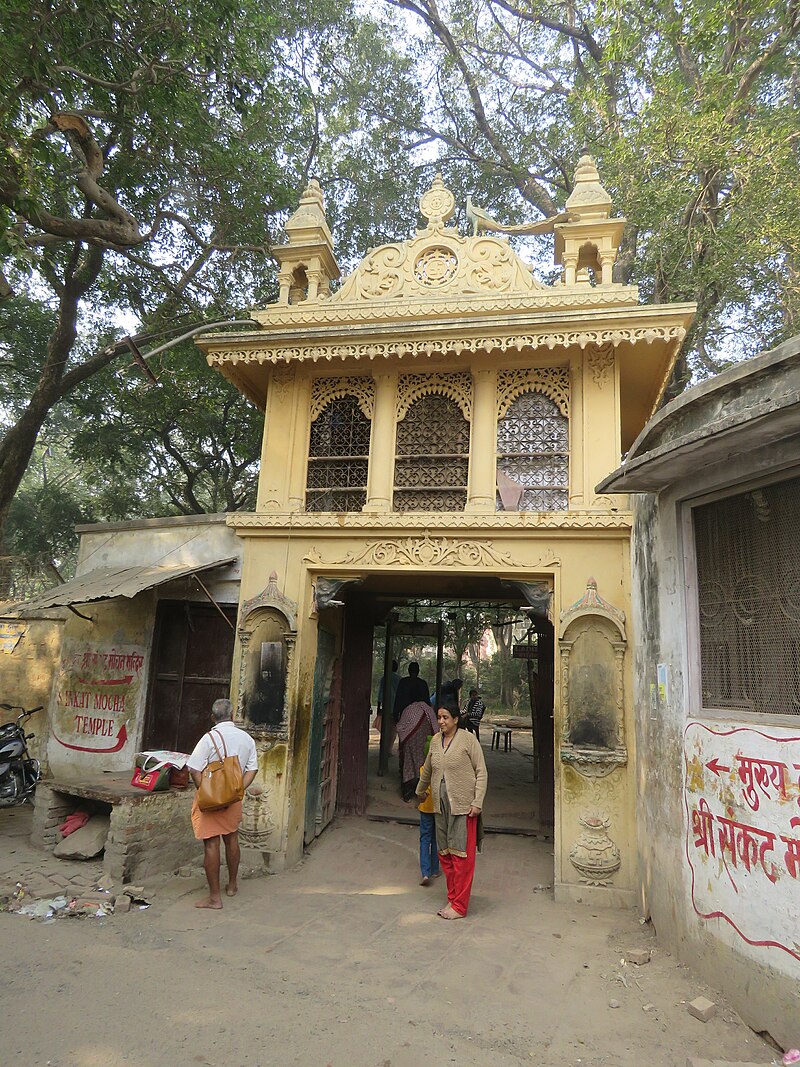Besakih Great Temple – Indonesia
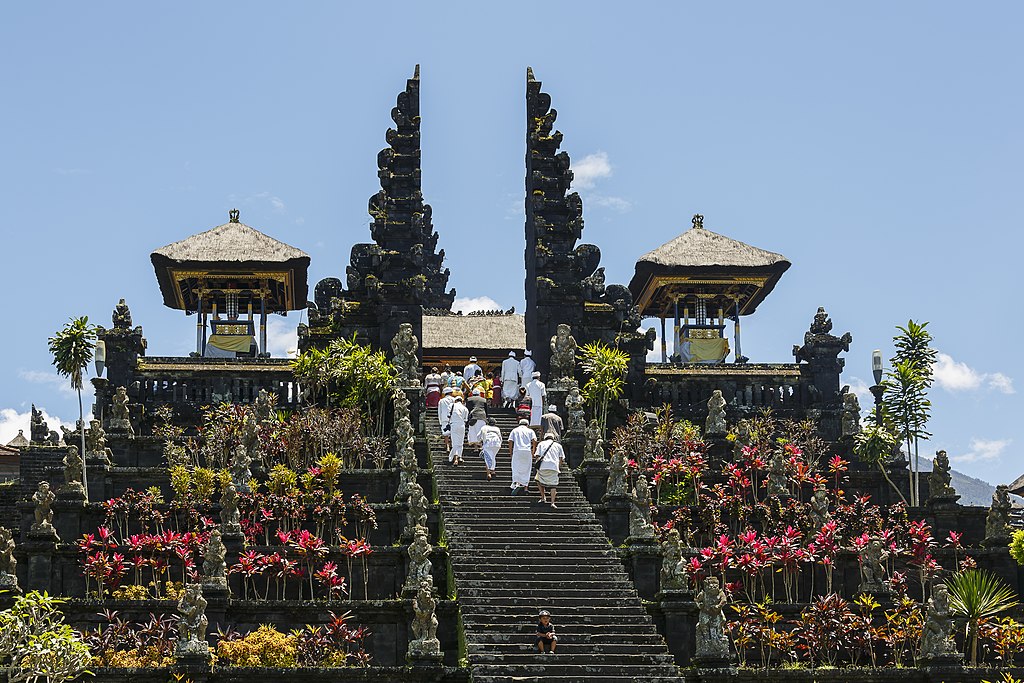
Address
Besakih Great Temple Jl. Gunung Mas No.Ds, Besakih, Kec. Rendang, Kabupaten Karangasem, Bali 80863, Indonesia
Diety
Shiva, Vishnu, Brahma
Introduction
Besakih Temple is a pura complex in the village of Besakih on the slopes of Mount Agung in eastern Bali, Rendang Sub-district, Karangasem District, and Bali, Indonesia. It is the most important, the largest and holiest temple of Balinese Hinduism, and one of a series of Balinese temples. Besakih Temple is often referred to as Bali’s ‘mother temple’ – a grand complex of at least 86 clan temples and shrines on the south-western slopes of Mount Agung. Pura Besakih has 3 main temples dedicated to the Hindu trinity. Pura Penataran Agung (in the centre) has white banners for Shiva, the destroyer; Pura Kiduling Kreteg (to the right) features red banners for Brahma, the creator; and Pura Batu Madeg represents Vishnu, the preserver, with its black banners, many other smaller temples in Pura Besakih, though many of their inner courtyards are only reserved for pilgrims.
Puranic Significance
The precise origins of the temple are unclear but its importance as a holy site almost certainly dates from prehistoric times. The stone bases of Pura Penataran Agung and several other temples resemble megalithic stepped pyramids, which date back at least 2,000 years. It was certainly used as a Hindu place of worship from 1284 when the first Javanese conquerors settled in Bali. By the 15th century, Besakih had become a state temple of the powerful Gelgel dynasty. The largest temple in the complex, Pura Penataran Agung, has different areas representing seven layers of the universe, each with their own shrines. Pura Pasimpangan on the downstream side (on the east of the main street) and Pura Pangubengan upstream are approximately three kilometers apart. Located on higher ground, the closest to Mount Agung’s peak, Pura Pangubengan has great vistas and it’s about a 30-minute walk from the main Pura Penataran Agung. Around 10 minutes to the east of Pura Pangubengan is Pura Batu Tirtha. It is where holy water is sourced for the ‘karya agung’ ceremonies at Pura Besakih and Pekraman villages. Four temples in the complex reflect four forms of God at compass points: Pura Batu Madeg in the north, Pura Kiduling Kreteg to the south, Pura Gelap in the east, and Pura Ulun Kulkul in the west. ‘Batu ngadeg’, literally ‘standing stone’, is found in the shrine of Meru Tumpang Sebelas at Pura Batu Madeg. This is where Vishnu is believed to descend. Still in the courtyard of Pura Batu Madeg, in front of Meru Tumpang Sebelas is the Pesamuan shrine (quadrangle-shaped with two lines of 16 poles) as a symbol of how Vishnu’s power interrelates with the world. At least 20 minutes to the northwest from Pura Batu Madeg, down the footpath to the valley and along the river, is Pura Peninjoan – erected on a tiny hill. The beautiful views from here include all the shrines of Pura Penataran Agung and southern Bali in the distance. Pura Gua, located on the eastern side of the main street, is the home of the dragon deity. There’s a big cave at the canyon of the river on the east that has its mouth closed due to erosion, but people still sometimes practice yoga there. Pura Jenggala, southwest of Pura Penataran Agung, is also often called Pura Hyang Haluh by the local devotees. The ‘Setra Agung’ burial grounds is south of the temple. Here are sacred ancient stone statues in the form of the mythical garuda bird. Pura Basukian Puseh Jagat is located southeast of Pura Penataran Agung, the main foundation of Besakih Temple (Pura Besakih).
Special Features
Pura Besakih is a complex made up of twenty-three temples that sit on parallel ridges. It has stepped terraces and flights of stairs which ascend to a number of courtyards and brick gateways that in turn lead up to the main spire or Meru structure, which is called Pura Penataran Agung. All this is aligned along a single axis and designed to lead the spiritual person upward and closer to the mountain which is considered sacred. The main sanctuary of the complex is the Pura Penataran Agung. The symbolic center of the main sanctuary is the lotus throne, or padmasana, which is therefore the ritual focus of the entire complex. It dates to around the seventeenth century. A series of eruptions of Mount Agung in 1963, which killed approximately 1,700 people, also threatened Pura Besakih. The lava flows missed the temple complex by mere meters. The saving of the temple is regarded by the Balinese people as miraculous, and a signal from the gods that they wished to demonstrate their power but not destroy the monument the Balinese faithful had erected.
Festivals
Each year there are at least seventy festivals held at the complex, since almost every shrine celebrates a yearly anniversary. This cycle is based on the 210-day Balinese Pawukon calendar year.
Century/Period/Age
2000 Years old
Managed By
Archaeological Survey of India (ASI)
Nearest Bus Station
Besakih
Nearest Railway Station
Karangasem
Nearest Airport
Ngurah Rai International Aiport
